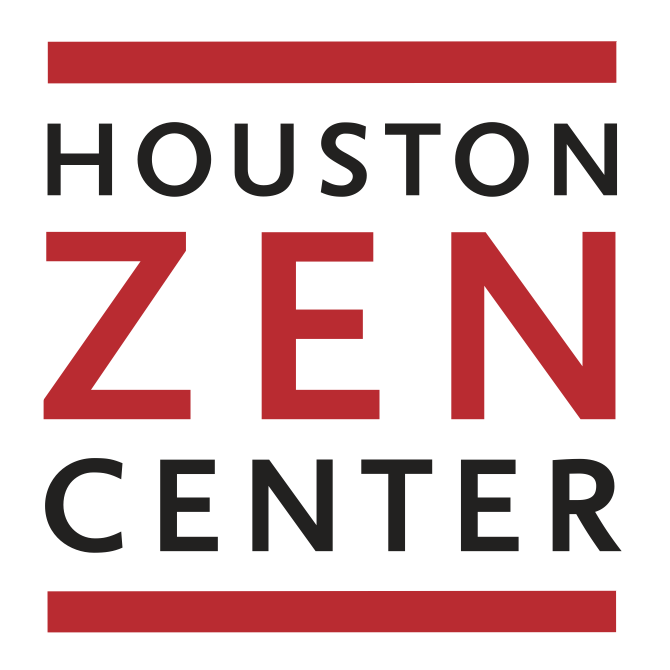Glossary of Frequently Used Terms
Bodhisattva—one who lives for the benefit of all beings. There are two common uses for this word: a human being committed to the attainment of enlightenment for the sake of others; mythical beings such as Avalokiteshvara (bodhisattva of compassion) and Manjushri (bodhisattva of wisdom), who represent particular aspects of the Way.
Chiden—[pronounced chi-den] The person who takes care of the altars. This task requires trimming the candle, cleaning out incense bowls, and brushing the dust from the statues and altar cloths.
Dharma—variously defined and used as the way the universe works (the law of the universe), the teachings of the Buddha or Buddhism, and elements or forms of the world.
Doan-ryo—the group of people who serve in temple roles—the doan, jisha, kokyo, fukudo, and doshi.
Doan—pronounced [dough-on] The person who rings the bells for service and for meditation. They also light the candle and prepare the chip incense for services and they often open the temple doors for meditation sessions. If you have any questions, you can always ask the doan.
Dokusan—a formal practice discussion with the the teacher. A student asks a question or brings up an issue that has arisen during practice. Dokusan is usually offered during sesshin. It is also offered on a weekly basis with a limited number of slots available.
Doshi—the ordained person who leads the service.
Fukudo—the person who drums on the mokugyo.
Gassho—a hand gesture of holding palms together. Gassho is held with the elbows out, the mudra held a few inches from the face.
Ino—the person who is in charge of the zendo (mediation hall). The Ino plans the service and works to make sure everyone is able to practice cooperatively. During retreats, you are asked to leave a note for the Ino if you are unable to attend a meditation session or if you have any issues that need attention.
Jisha—pronounced [jee-sha] The person who carries the incense for offering. This person accompanies the speaker or the residing priest and acts as an assistant. During retreats, you can talk to the jisha to sign up for practice discussion or dokusan with the leader of the retreat.
Jukai—the ceremony for receiving the precepts.
Kinhin—[pronounced keen-heen] walking meditation. Kinhin is often practiced between periods of sitting meditation. Practitioners walk with hands in shashu in a set pattern around the zendo.
Koan—a Zen story, paradox, or episode that illuminates aspects of practice.
Kokyo—the person who calls out the chants during service.
Mokugyo—the wooden drum used for some chants.
Mudra—a hand gesture such as gassho or shashu.
Okesa—the large patched robe worn by priests over the shoulder.
Oryoki—formal silent meal practice.
Rakusu—the small square cloth worn around the neck by people who have received the precepts. At the Houston Zen Center, while the color of rakusus sometimes varies, generally, black rakusus are worn by priests, green rakusus are worn by practice leaders, and blue rakusus are worn by lay practitioners you have received the precepts.
Rohatsu—The date commemorating the Buddha's enlightenment, traditionally celebrated on 8 December. It is often the last day of a Rohatsu sesshin, a seven-day intensive retreat.
Roshi—A term of honor accorded to well-respected long-time practitioners who have received dharma transmission. This honorific follows the honored person’s name, e.g. Tenshin Roshi, Setsuan Roshi, or Gaelyn Roshi.
Samu—work done with mindfulness.
Sangha—the Zen community. Sangha consists of those who help you in your practice. It can be your fellow Zen comrades and it can be entire universe.
Sensei— a recognized teacher of Zen. This honorific is used after the teacher's name.
Sesshin—a silent, intensive Zen retreat. Meals are usually eaten oryoki style and the teacher usually offers participants dokusan.
Shashu—the gesture for folding the hands when walking around the temple. The left-hand is held against the solar plexus in a loose fist. The right hand is wrapped around the top of the fist with the thumb resting on the top of the first hand.
Shika—The person who takes care of guests of the temple.
Shuso—head student in a practice period.
Soji— a brief period of mindful work, usually centered on temple cleaning, including caring for the temple grounds.
Sutra—Buddhist scriptures. Soto Zen service involves chanting some Buddhist scriptures from chant books or from memory.
Tan—the raised platform on which practitioners sit in meditation in a zendo.
Tanto—the person who is in charge of practice in the temple. The Tanto oversees all the practice roles in the temple and is available to offer guidance to practitioners. During retreats, you are asked to check in with the Tanto in writing if you have any issues that need attention.
Tenzo—the cook. The tenzo is a central role in the leadership of a sesshin (retreat). The practice of cooking is a vital practice, much like meditation.
Zabuton—the square or rectangular padding on which practitioners sit in meditation. The zafu is placed on the zabuton.
Zafu—the round cushion on which practitioners sit in meditation.
Zazen—meditation.
Zendo—the meditation hall.

